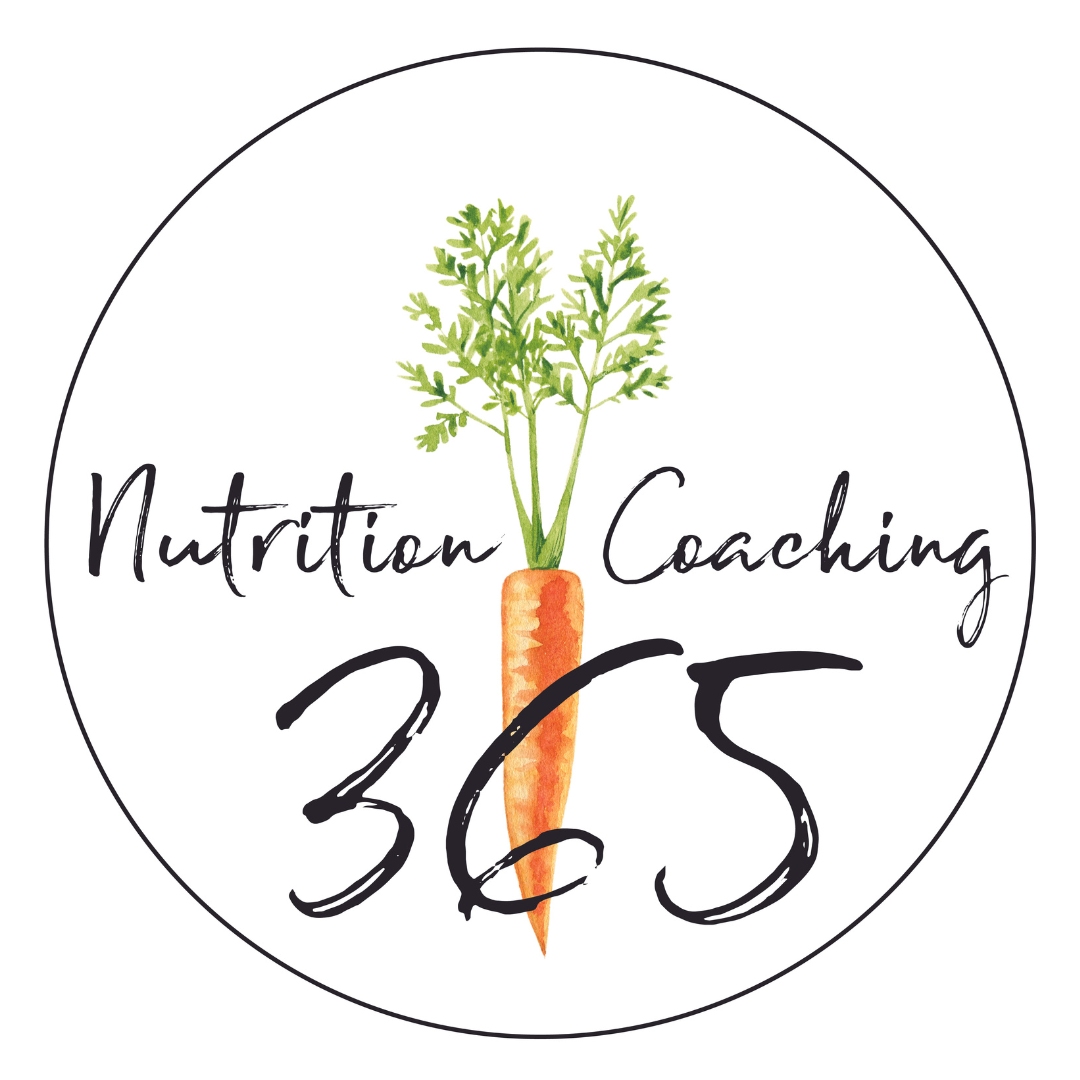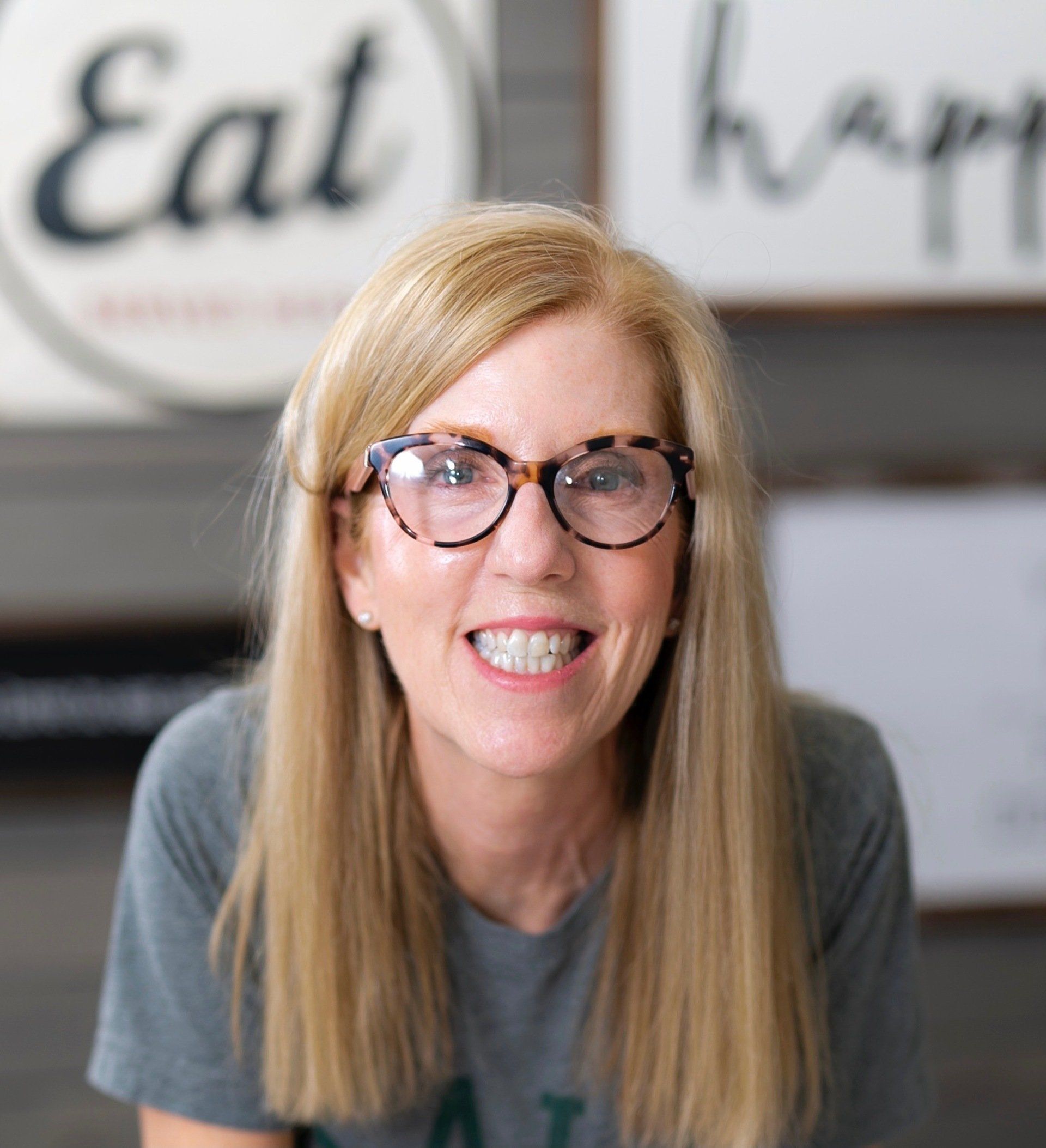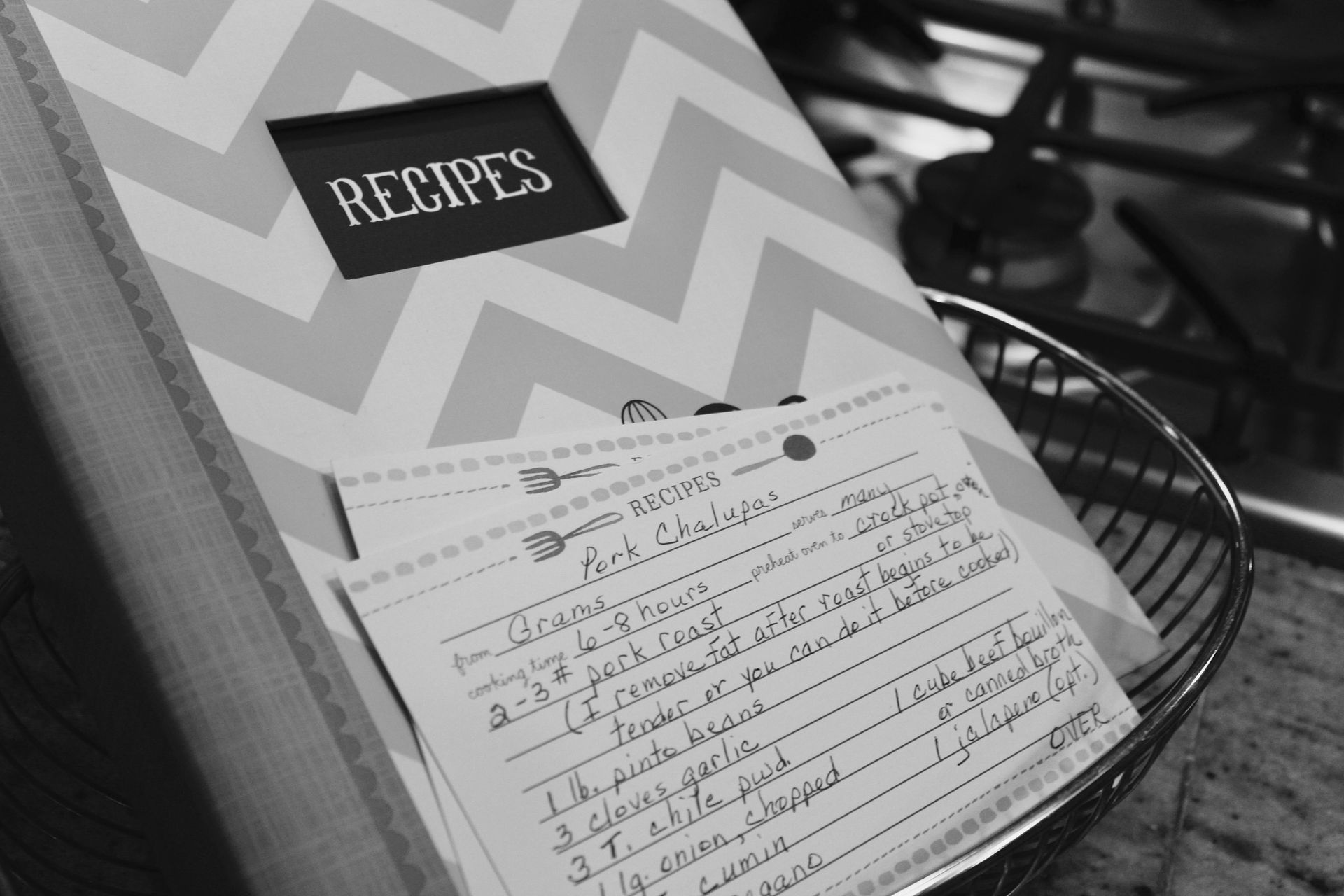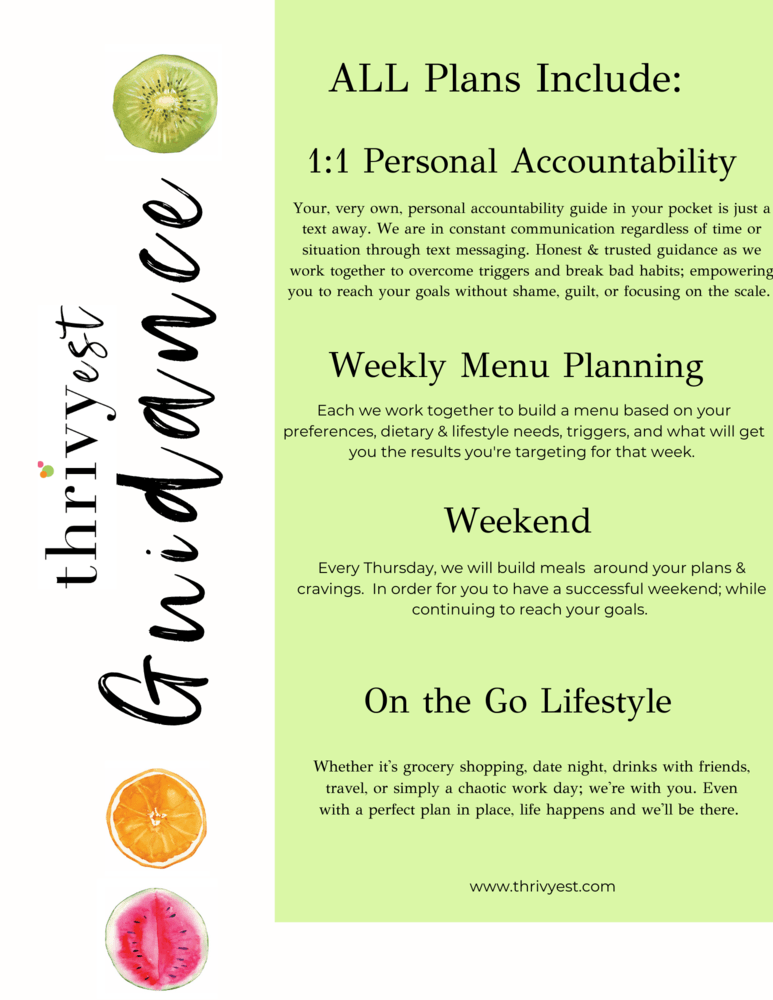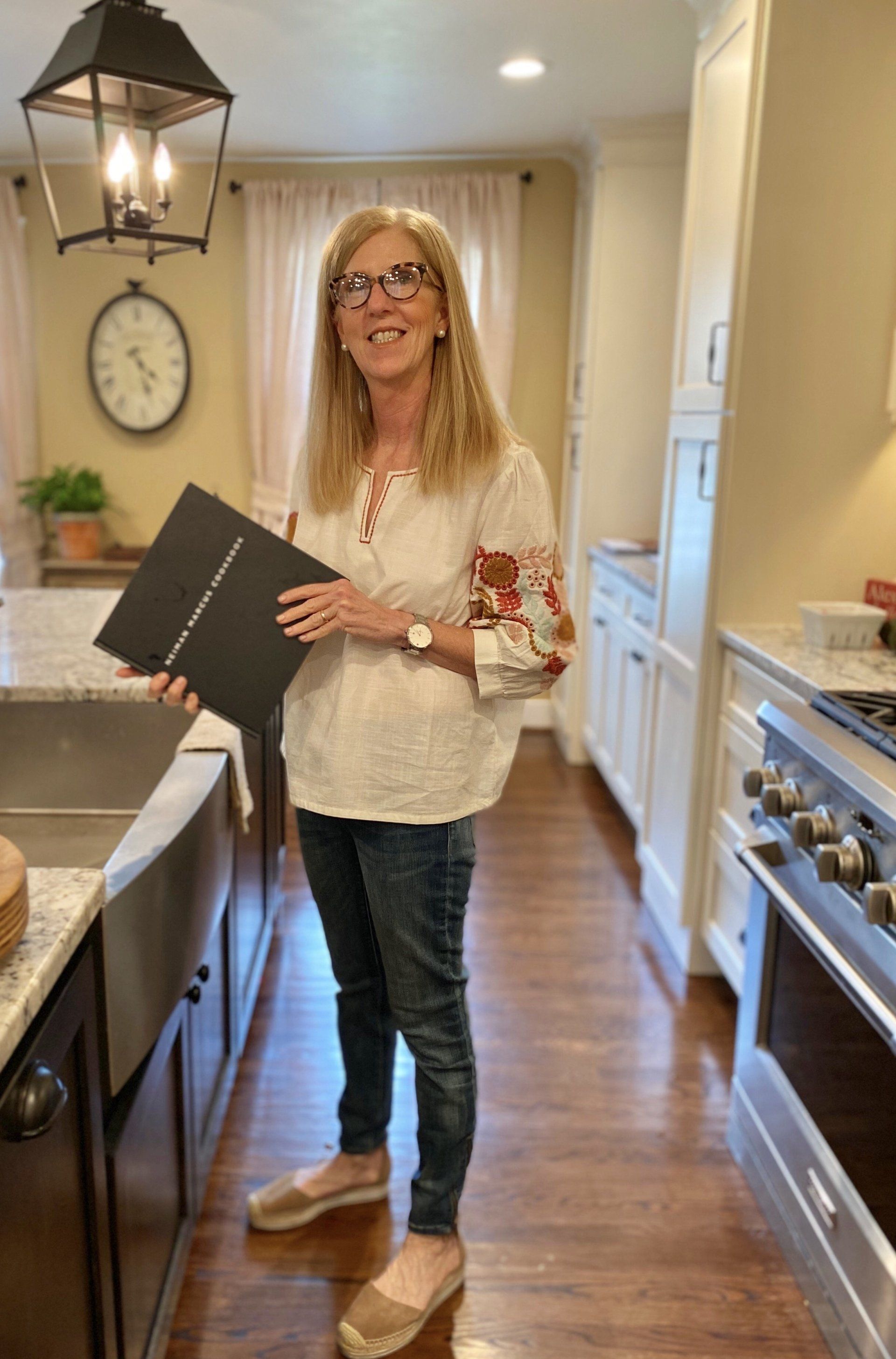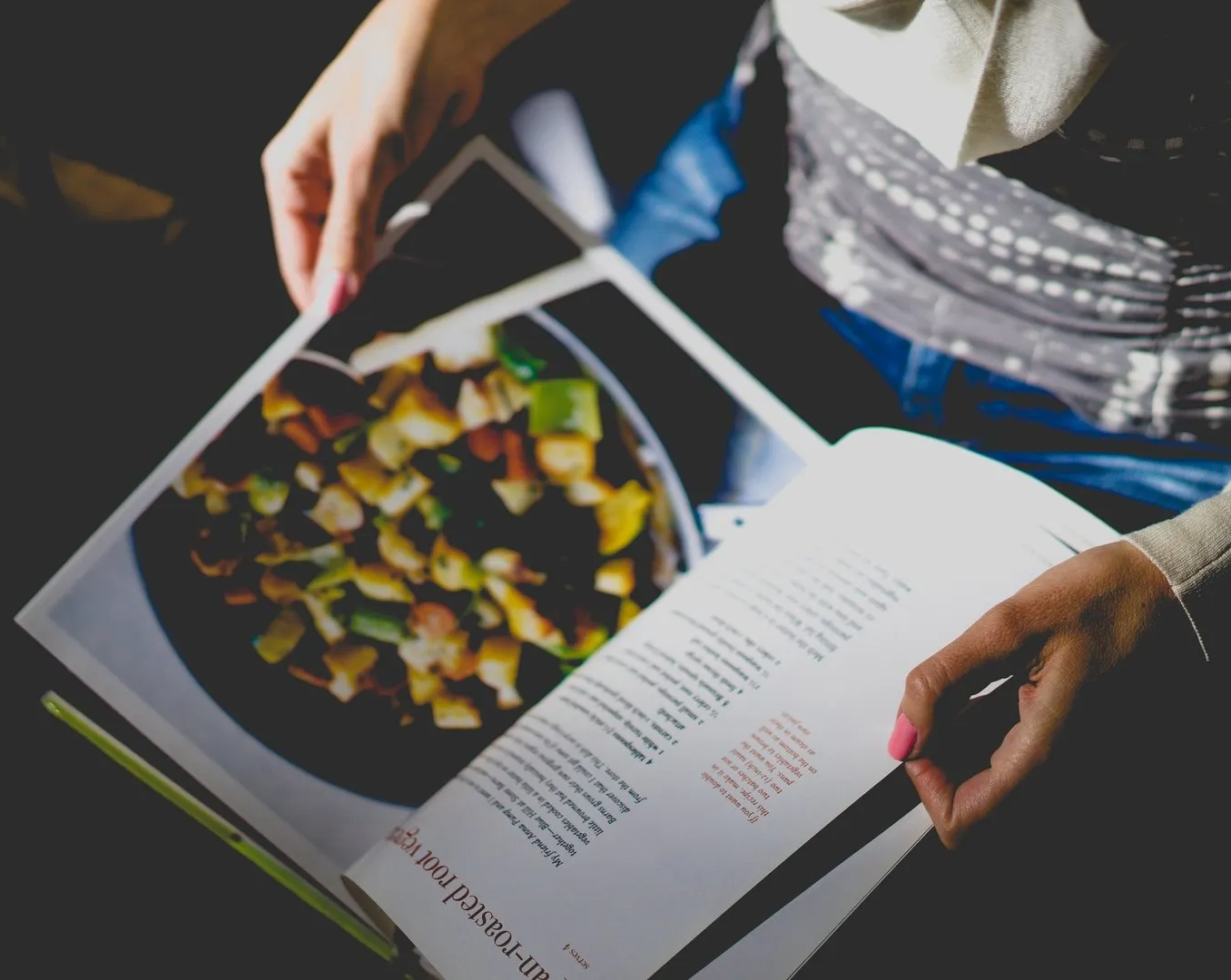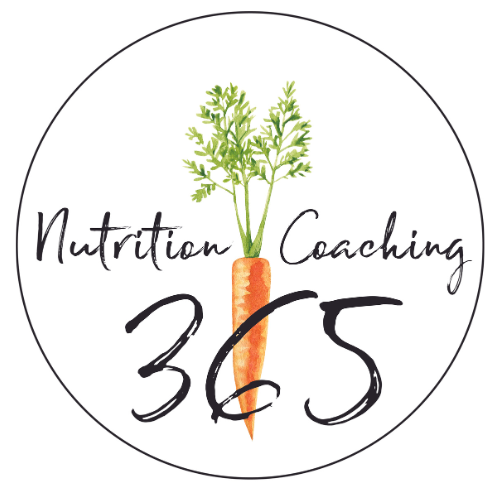Traveling for Thanksgiving? 5 Healthy Tips
Traveling for Thanksgiving?
5 Easy Tips to Stay Healthy On the Go
Thanksgiving is a time for family, tradition, and, of course, delicious food. But if you’re traveling with family—or hosting guests—keeping your nutrition in check while on the go can be a challenge. Between fast food temptations, long hours of travel, and the bustle of preparation, it’s easy to arrive feeling sluggish and bloated. Here are five practical tips, complete with real-life examples, to help you stay healthy while traveling for Thanksgiving and to keep everyone (including yourself) feeling their best.
1. Plan Ahead for Portable, Low-Fat Snacks
Real-Life Example: Family Road Trip with Kids
Picture this: You’re on a family road trip to visit your in-laws for Thanksgiving. It’s a 6-hour drive with two kids, so convenience is key. You stop at a gas station, and your kids reach for chips and candy, while you’re tempted to grab a burger. By the time you arrive, everyone’s tired, bloated, and cranky.
Instead, plan a family snack box in advance to avoid this scenario. Pack easy, low-fat, family-friendly options, like:
- Veggie sticks and single-serve containers of hummus for dipping.
- Apple slices with low-fat yogurt dip for a fresh and lightly sweet snack.
- Low-sugar granola bars or oatmeal packs to keep you full without relying on heavy meals.
- Whole-grain crackers with lean turkey slices for protein.
These snacks can satisfy everyone’s cravings without the crash or bloating, keeping the whole family happier when you finally reach your destination.
2. Stay Hydrated—But Skip Sugary Drinks
Real-Life Example: Keeping Everyone Hydrated on a Long Drive
On a long drive, it’s easy to hand out sodas to keep everyone happy. But the reality is that sugar-packed drinks can make kids hyper and then crash, while caffeine can add to your stress, leaving everyone feeling dehydrated and cranky by the time you arrive.
To keep everyone hydrated in a healthy way:
- Bring reusable water bottles for everyone: Make it a family rule to refill at each rest stop, and add a fun twist by using water infusion packs with flavors like lemon or mint to make hydration more interesting.
- Limit juice boxes: Instead, pack mini containers of coconut water for a low-sugar electrolyte boost.
- Choose herbal tea bags or low-sugar drink mixes that the whole family can enjoy.
Staying hydrated helps everyone avoid travel fatigue and stay alert—so the kids are less fussy, and you’re less stressed.
3. Pack a Light Meal for Longer Journeys
Real-Life Example: Preparing Food Before Family Arrives to Visit You
Let’s say family is flying in to visit you for Thanksgiving. You know they’ll be hungry after a long flight and might resort to airport fast food. Instead of leaving it to chance, why not pack them a meal for the road, or have one ready when they arrive?
Some low-fat, easy-to-eat options for both travel and a welcome snack include:
- Whole-grain wraps with turkey, lettuce, and tomato: Light but filling, these wraps give everyone a protein boost without the grease.
- Low-fat Greek yogurt with fresh berries: This is perfect for a pre-made snack when family arrives, offering a light, refreshing option after a day of travel.
- Instant oatmeal packs: These are ideal for quick preparation in hotel rooms or when staying at your home, and you can add a little honey and cinnamon for flavor.
Whether you’re traveling or hosting, preparing a light, nutritious meal means everyone can avoid the heavy, high-fat meals typically found on the road. This helps family members feel more settled, less bloated, and ready to enjoy the Thanksgiving festivities.
4. Be Mindful of Portion Sizes
Real-Life Example: Sharing Snacks with Family on the Road
You’re in the car with family on your way to Thanksgiving dinner, and you brought a variety of snacks to keep everyone happy. However, with so many snacks on hand, it’s easy to overeat or mindlessly munch the whole way. This often leads to that “too full” feeling right when you arrive, making it hard to enjoy the first Thanksgiving meal together.
To avoid this, pre-portion snacks into small bags for each family member. This allows everyone to have their own serving without the temptation to keep reaching into a large bag. Plus, it’s easier to keep the car tidy and avoid spills!
For example:
- Individual bags of pretzels or popcorn help with portion control and keep the kids happy without overdoing it.
- Single-serve applesauce or fruit cups are perfect for portioned sweetness without added sugar.
- Light string cheese or baby carrots in portioned bags give everyone a chance to grab something filling without overloading.
This mindful portioning approach keeps everyone comfortable and avoids the “too full” feeling when you arrive, making Thanksgiving dinner more enjoyable for all.
5. Stretch, Walk, and Keep Moving When Possible
Real-Life Example: Keeping Active on a Long Family Drive or Layover
Long hours of sitting—whether in a car or on a plane—can lead to stiff muscles and lower energy. This is especially true for young kids, who have a harder time sitting still. Keeping everyone moving can be a challenge, but incorporating small activities along the way can make a big difference in how everyone feels by the end of the trip.
Try these movement-friendly tips:
- Plan active breaks on road trips: Every 1-2 hours, pull over at a rest area and let everyone walk around. Even a quick game of catch or a short nature walk can help.
- Airport layover movement: If you’re at the airport, use the time to encourage kids (and yourself!) to walk around the terminal. Some airports even have play areas where kids can burn off energy.
- In-seat stretches: For long flights, try simple leg lifts, ankle rolls, and seated twists to help with circulation and avoid stiffness. Encourage kids to join in—they might even make a game of it!
Movement can make travel feel a lot less tiring, helping everyone arrive feeling energized and ready to enjoy the holiday. These small efforts are especially helpful in reducing bloating and keeping everyone’s spirits up.
Arriving Healthy and Ready for Thanksgiving
Whether you’re traveling with family or hosting loved ones, Thanksgiving doesn’t have to mean letting go of healthy habits. From packing low-fat, portable snacks to finding time for movement and hydration, these tips can help the whole family arrive feeling refreshed and ready for the holiday. By preparing in advance and incorporating small, practical strategies, you can ensure that everyone’s energy stays up and that no one arrives feeling bloated, lethargic, or “off track.”
Keeping these tips in mind can transform the typical holiday travel challenges, allowing you and your family to focus on what matters most: enjoying a happy, healthy Thanksgiving together. So pack those snacks, stay hydrated, and get ready for a holiday season filled with joy and connection!
Happy travels, and here’s to a Thanksgiving where you feel your best from start to finish!
YOU ARE CAPABLE OF LIVING YOUR HEALTHIEST & HAPPIEST LIFE.
If you’re looking to create healthy habits to gain more energy, improve your sleep + shed a few pounds, you’ve landed in the right place.
Recent Posts
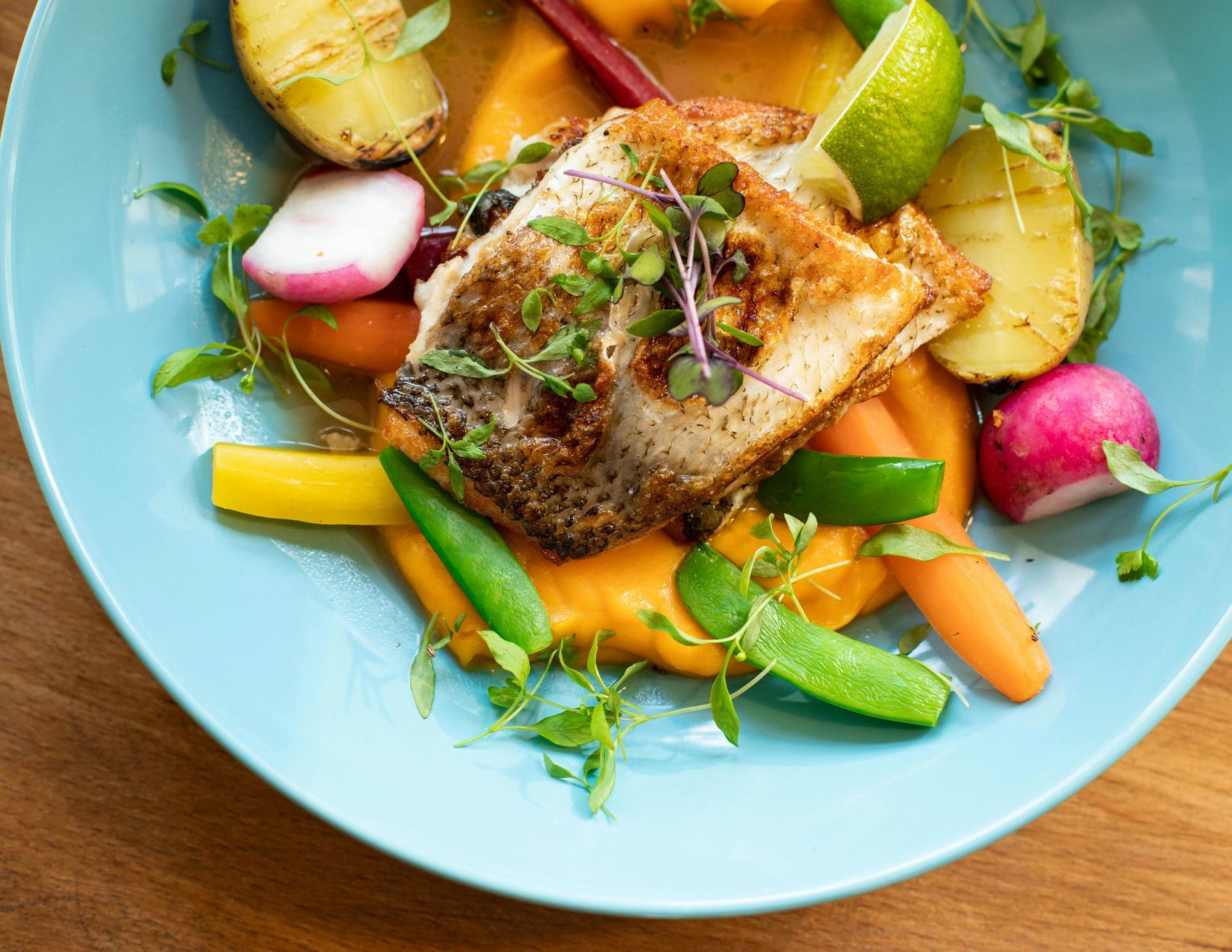
Meet Emily
I love encouraging + inspiring others to reach their healthiest lives through food, fitness + gratitude. As a holistic nutritionist + the founder of Thrivyest, I am passionate about creating habits to help you to live longer + thrive. To thrive in body, mind + soul through personalized, simple + practical steps ensuring you gain more energy, clarity + confidence! Let's connect!
